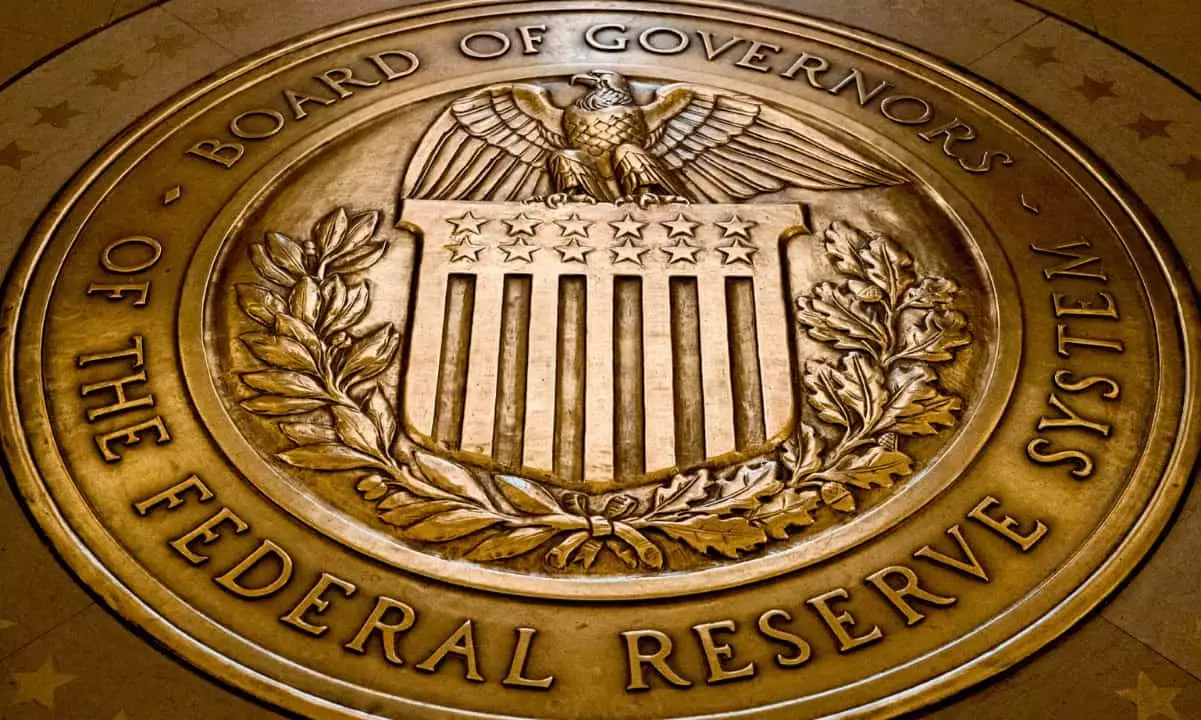Bitcoin, the world’s leading cryptocurrency, has been experiencing a lackluster trading period over the past couple of months, with minimal upward or downward movement. Despite this, analysts at CryptoQuant have observed various key market conditions that could influence future price movements.
Historically, Bitcoin’s most significant growth periods have been associated with substantial increases in the global money supply (M2), indicating times of ample liquidity and high investor risk appetite. During these periods, there was a flood of new capital into the market, often driven by retail investors’ fear of missing out (FOMO).
In the current cycle, however, this pattern has not emerged as expected. While there has been a slight rise in global liquidity over the past year, the year-on-year change in M2 has returned to normal levels early this year. This change followed consistent inflation data in the US, which reduced market expectations for interest rate cuts.
On the supply side, selling pressure has lessened as long-term holders (LTHs) have experienced price stability around $60k, and short-term holders (STHs) have reduced sales due to decreased profitability. Despite this, there is a lack of immediate signs indicating a surge in demand that could significantly drive prices up, according to on-chain intelligence platform data.
Given the current market conditions, including factors like profitability, leverage, and the distribution of coin ages, there is potential for a more substantial rally within this cycle. It is likely that Bitcoin will continue to trade within its current range until a more favorable macroeconomic environment emerges, potentially around the anticipated first US interest rate cut in September.
Analysts and industry experts, such as Galaxy Digital’s Mike Novogratz, have expressed similar sentiments regarding the future of Bitcoin trading. Novogratz suggested that BTC’s price would fluctuate between $55,000 and $75,000 until the Fed cuts rates, indicating a period of sideways movement until external triggers prompt a decisive change in the market.
While the current market conditions may seem stagnant, there is potential for a more substantial rally in the future, contingent on macroeconomic factors and external triggers. Bitcoin traders and investors should monitor developments closely to capitalize on potential price movements in the coming months.

